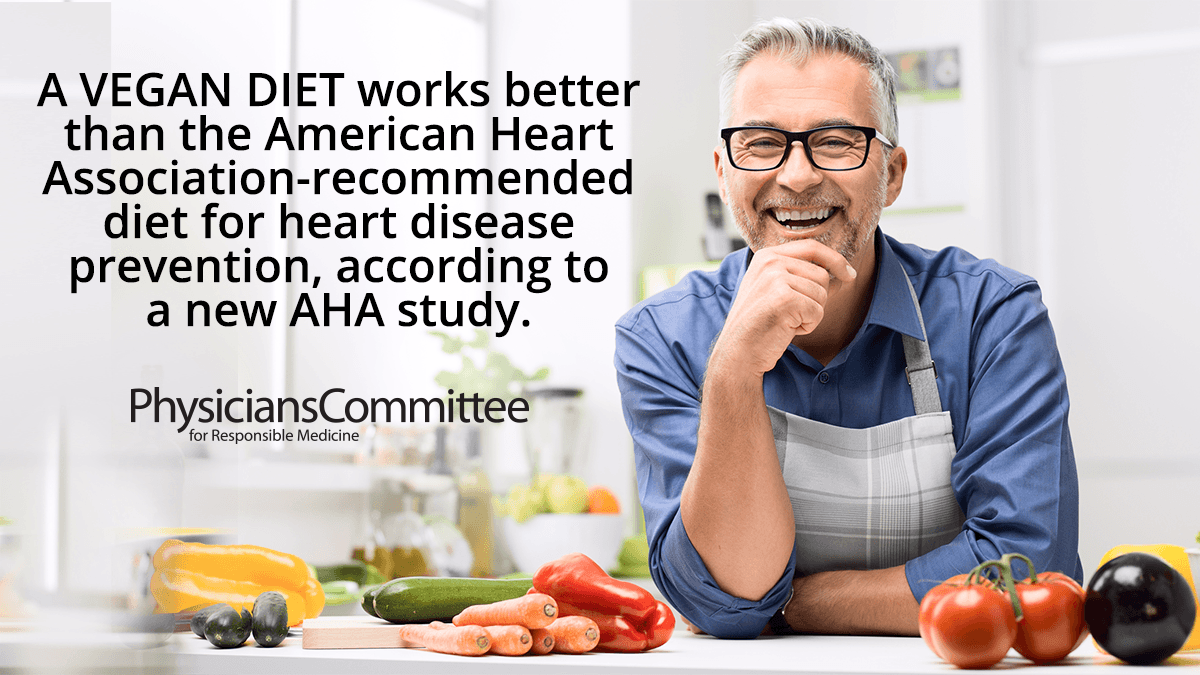
Prediabetes is a condition that can lead to diabetes. You should know the importance of eating a pre-diabetic diet. Prediabetes patients have higher blood sugar levels that those without the condition. Insulin resistance is a major risk factor in developing full-blown type 2. Pre-diabetes is not only dangerous for diabetes but can also lead you to kidney disease. Pre-diabetes can be managed with a normal diet. However, it can also help to prevent the condition from getting worse.
The best pre-diabetes diet includes eating more fruits and vegetables, as these contain more fiber than processed foods. You must choose the right carb source. This means that whole grains should be preferred to refined. You should instead choose complex carbohydrates such as brown rice or quinoa, buckwheat and steel-cut Oats, buckwheat, buckwheat, amaranth and millets. These foods contain a lot of fiber which will allow you to feel fuller for longer periods.

Keeping a pre-diabetes diet simple is key. It is important to follow a strict diet and exercise program. For example, the Lark Diabetes Prevention Program is a free mobile health app that has helped over 100,000 people avoid the onset of type 2 diabetes. This program is offered free by many health plans. A health app will help you keep track and manage your daily activities. There are many apps available to help you stay motivated and on track.
A pre-diabetes program will help you feel better, regulate blood sugar, and prevent type 2 diabetes from happening in the future. Before making major lifestyle changes, it is important to get medical advice. A pre-diabetes diet should be discussed with your healthcare provider before you begin any new program. There's no substitute for a regular checkup. A well-planned program will make you happier and healthier in no matter how long.
You must also reduce the amount of carbohydrates that you eat as part of a diet for pre-diabetes. Too many carbohydrates can cause you to lose weight. Therefore, reducing your intake of carbohydrates will not only help you lose weight but also water. Removing carbohydrates from your diet will allow you to manage your blood sugar levels, and decrease the presence of Fat Storinghormone. This hormone is critical in preventing Type II diabetes.

The intake of protein and carbohydrates are two other important factors in a pre-diabetes meal plan. Good sources for fiber and protein include lean meats such a chicken, beef, or fish. Healthy fats include avocado and olive oil. Type 2 diabetics should limit the intake of simple sweeteners. They should avoid foods high in sodium. Salty foods, for example, can be dangerous.
FAQ
What should I eat?
Take in lots of fruits and veggies. They provide vitamins and minerals to keep your immune system strong. Additionally, vegetables and fruits are high fiber. This helps with digestion and keeps them full. Include at least five portions of fruit and vegetables per day.
Make sure you drink plenty of water too. Water flushes toxins from the body and gives you a full feeling between meals. Drink about eight glasses each day.
Whole grains are better than refined ones. Whole grains retain all nutrients including B vitamins, iron and zinc as well as calcium, magnesium, calcium, protein, and magnesium. Refined grains have been stripped of some of their nutrition.
Avoid sugary drinks. Sugary drinks have empty calories and are a major contributor to obesity. Instead, drink water, milk, or unsweetened Tea.
Avoid fast food. Fast food lacks nutritional value. It may taste great but it won't give you the energy you need to function properly. Stick to healthier options such as salads, soups, sandwiches, and pasta dishes.
Reduce your alcohol intake. Alcohol is a poor nutrient and has empty calories. Limit your intake to two alcoholic drinks per week.
Reduce your consumption of red meat. Red meats have high levels of cholesterol and saturated fat. Choose lean cuts such as beef, pork and lamb, chicken, fish, or turkey.
What is the problem with BMI?
BMI stands to Body Mass Index. It is a measurement of body weight based on height. The following formula is used to calculate BMI:
Divide the weight in kilograms by the height in meters squared.
The result is expressed as a number from 0 to 25. Scores between 0 and 25 indicate obesity. A score of 18.5 indicates overweight. A score of 23 indicates obesity.
A person of 100 kg with a height of 1.75m will have 22 BMI.
What's the difference between a virus & a bacterium?
A virus is a microscopic organism which cannot reproduce outside of its host cell. A bacterium (or single-celled organism) reproduces by splitting itself into two. Viruses have a very small size (about 20 nanometers), while bacteria is larger (up to one micron).
Viruses can be spread by contact with bodily fluids containing infected substances, such as saliva, urine and semen. Bacteria can easily be spread from direct contact to contaminated surfaces and objects.
Viral infections can be transmitted through skin cuts, scrapes and bites. They may also enter through the nose, mouth, eyes, ears, vagina, rectum , or anus.
Bacteria can enter the body through wounds. They may also come into our bodies through food, water, air, soil, dust, or animals.
Viruses and bacteria both cause illness. But viruses can't multiply within their hosts. Viral infections can only cause diseases in living cells.
Bacteria may spread to other people and cause sickness. They can invade other areas of the body. That's why we need antibiotics to kill them.
Statistics
- Extra virgin olive oil may benefit heart health, as people who consume it have a lower risk for dying from heart attacks and strokes according to some evidence (57Trusted Source (healthline.com)
- The Dietary Guidelines for Americans recommend keeping added sugar intake below 10% of your daily calorie intake, while the World Health Organization recommends slashing added sugars to 5% or less of your daily calories for optimal health (59Trusted (healthline.com)
- In both adults and children, the intake of free sugars should be reduced to less than 10% of total energy intake. (who.int)
- According to the Physical Activity Guidelines for Americans, we should strive for at least 150 minutes of moderate intensity activity each week (54Trusted Source Smoking, harmful use of drugs, and alcohol abuse can all seriously negatively affect your health. (healthline.com)
External Links
How To
What does the "vitamins” word mean?
Vitamins are organic compounds naturally found in food. Vitamins aid us in absorbing nutrients from the food we eat. Vitamins cannot be made by the body; they must be taken from food.
There are two types of vitamins: water soluble and fat soluble. Water-soluble vitamins dissolve readily in water. You can find vitamin C,B1 or thiamine, B2 or riboflavin and B3 or niacin, B3/niacin, B6/pyridoxine, folic Acid, biotin and pantothenic Acid as examples. Fat-soluble vitamins can be stored in the liver or in fatty tissue. These include vitamin D, E and K, as well as beta carotene.
Vitamins are classified according to their biological activity. There are eight major types of vitamins:
-
A - Vital for normal growth and maintaining good health.
-
C – essential for proper nerve function.
-
D – Essential for healthy teeth, bones and joints
-
E - Required for good vision & reproduction
-
K - Required for healthy nerves and muscles.
-
P - vital for building strong bones andteeth.
-
Q – aids digestion of iron and iron absorption
-
R - Required for red blood cell production
The recommended daily allowance of vitamins (RDA), varies according to age, gender, physical condition, and other factors. The U.S. Food and Drug Administration, (FDA), sets the RDA value.
For example, the RDA for vitamin A is 400 micrograms per dayfor adults 19 years or older. For fetal development, pregnant women need 600 mg per day. Children ages 1-8 require 900 micrograms per day. For infants younger than one year, 700 micrograms are required daily. However, this number drops to 500 micrograms each day for children aged 9-12 months.
Children ages 1-18years who are obese need 800 micrograms per day while those who are overweight need 1000 micrograms per day and children who are underweight need 1200 micrograms per day to meet their nutritional needs.
Children between 4 and 8 years old with anemia will need 2200 micrograms daily of vitamin C.
2000 micrograms is the minimum daily intake for adults over 50 years old to maintain good health. Breastfeeding or pregnant women require 3000 micrograms per daily due to higher nutrient demands.
1500 micrograms is the recommended daily intake for adults aged 70+, who lose approximately 10% of muscle each year.
Women who are pregnant or nursing need more than the RDA. Pregnant women need 4000 micrograms per dayduring pregnancy and 2500 micrograms per day after delivery. Breastfeeding mothers need 5000 mg per day when breastmilk is being produced.